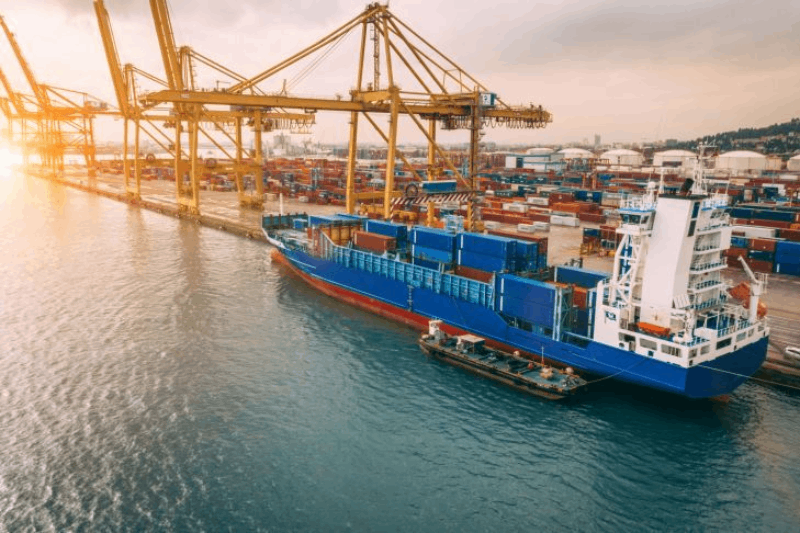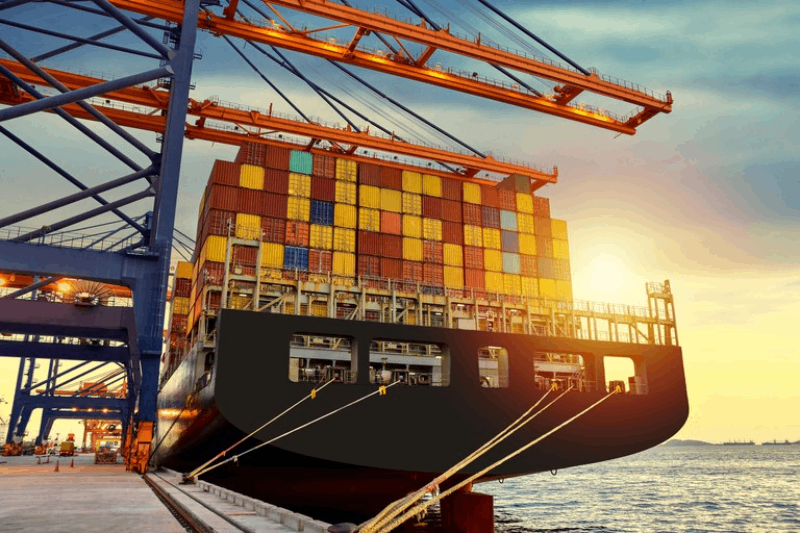Time:2021-10-27 Publisher:Kevin Num:7071

Nowadays, port congestion is a major problem in the global supply chain. To this end, many countries have introduced a variety of measures to alleviate congestion.
According to relevant media reports, in the face of a large backlog of containers at the San Pedro Bay Port, it has become very difficult for the terminal to clean up goods.
The operators of Los Angeles port and Long Beach port announced a new measure.
This measure is to charge additional fees to shipping companies that keep containers in ports for a long time. This measure can speed up the flow of goods.
From November 1, if the container is transported by truck and stays in the port for more than 9 days, a surcharge of US $100 will be charged for each container, with an increase of US $100 per day.
If the container is transported by railway and stays in the port for more than 3 days, the additional fee is also charged according to the above method.
The dwell time here refers to the time period between unloading the container from the ship and picking up the goods by the land carrier.
According to the latest news, as of October 25, 79 ships were waiting for unloading in the waters outside the two ports.
Gene seroka, CEO of Los Angeles, said: "we must speed up the shipment of port goods to reduce the number of ships waiting outside the port. At the same time, there is more space to receive empty containers."

According to the person in charge of the port, the average time for containers transported by truck to stay in the port in September this year was 5.94 days.
In September, the detention time of railway containers improved significantly, from 8.2 days to 5.5 days.
Before that, the average dwell time of containers transported by truck shall not exceed 4 days; The average stay of containers transported by railway is no more than 2 days.
Just a few days ago, California governor Gavin Newsom signed an executive order. Order the state government to find additional container storage space.
Changtan port will relax the number of container stacking to help solve the problem of insufficient container storage space. These two provisions will be maintained for three months.
It is reported that the surcharge policy is jointly formulated by many supply chain stakeholders.



